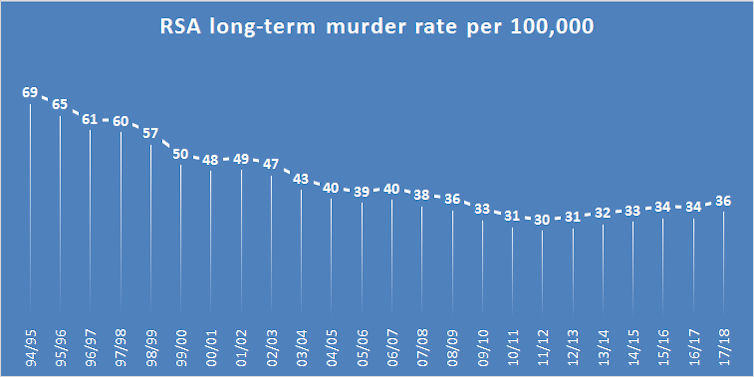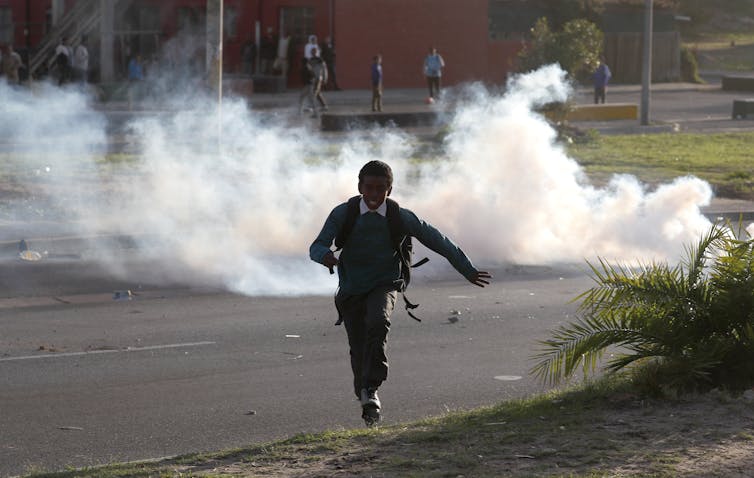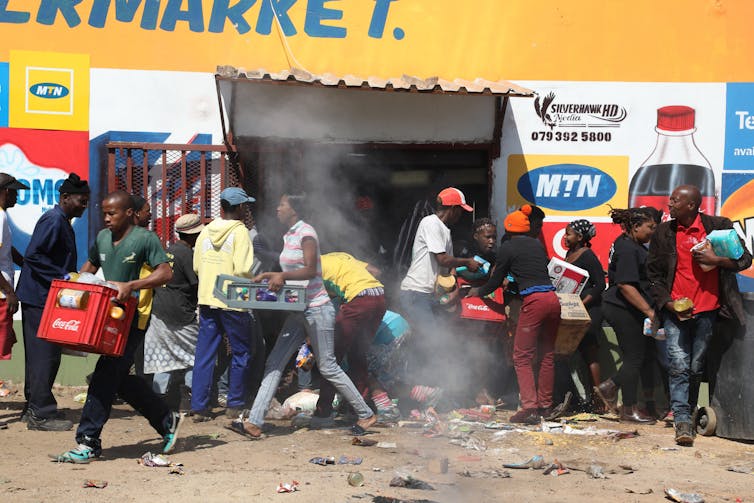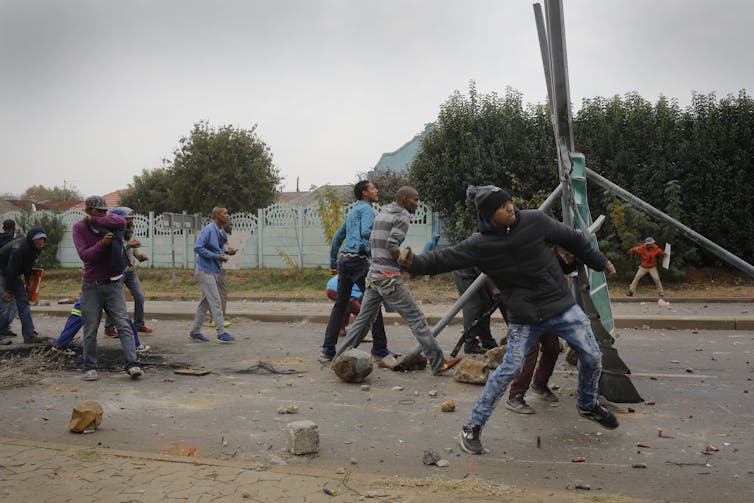“The ill-considered and uncaring decision to increase the petrol price only confirms the NP government does not have the interests of the majority of South Africans, who are poor and struggling desperately to make ends meet, at heart. If the government persists in pressing ahead with these indefensible price hikes, they will be inviting a similar reaction to that when VAT was increased. Now is the time for them to establish the tradition of a government that cares for and consults with its citizens”. [16 September 1993; ANC Statement; “ANC demands suspension of petrol price increase”]
“The situation is desperate and requires urgent attention from a strong government willing to give strong leadership. The National Party has failed to give this leadership and has led the country into its most severe economic crisis. They have no plan to create jobs and curb unemployment and they will not admit that this is the main cause of the crime and violence which is wrecking our homes, our neighbourhoods and our country. The NP government does not take responsibility and has no plan”. [April 1994; “Speakers notes for election speech on Jobs”]
“The NP advertises that its record shows it is “fit to govern”. That claim has been finally contradicted from inside the heart of the NP Government itself – witness yesterday’s annual report from the state Auditor General. It catalogues a spending spree, in which the Public Service dissipated taxpayers’ money irregularly:
• State Departments spent R155.7 million during the year on unauthorized transactions.
• The Public Works Department alone spent an unauthorized R 154 million over the past 4 years, and further sums were spent by the SADF and the Departments of Health and of Population.
• The SADF’s R474 million Special Defence Account had “material deficiencies, and fell short of required standards”.
• R31 million allegedly ‘invested in covert projects is now irrecoverable.
So much for the official record of the National Party’s competence in government. It is a record devoid of any sense of responsibility towards the taxpayers, and of total inability to manage matters competently. Our money has been squandered recklessly, mismanaged, misappropriated and misspent. It is time for a change – not just of direction but especially of management!” [8 March 1994; ANC Statement; “Mismanagement of the Nations funds”]
“Privatisation of telecommunications networks in any form is not acceptable to the ANC. We would oppose this privatisation even if it had been conducted openly and the best price secured. The secrecy of this deal leaves a host of unanswered questions in addition to the amount Vodacom paid. Who authorized this sale? Did it go Cabinet? What precedent does it set for future dealings with public assets? The whole process lacks the transparency essential to Government dealings. The precedent now set for cellular mobile phones are deeply disturbing. The Government cannot privatize mobile services and lock South Africa into the World’s most sophisticated telecommunications technology, with a bill in excess of R3,5 billion, when the South African people need schools, housing, water, health services and basic telephones”. [13 September 1993; ANC Statement; “Mobile network giveaway starts privatization process”]
“The Beeld newspaper report that at least 50 people have died in government hospitals apparently because of inadequate trauma facilities makes disturbing reading. Possibly more have died or are in danger. The crisis in health care needs to be addressed urgently, especially during this period of transition. Our public sector services are disorganised, overcrowded, and not able to cope with this crisis. We find it totally unacceptable that a health system that is supposed to be saving lives is not fulfilling this responsibility. Part of the problem is the disorganisation within the public sector. Because of lack of proper planning, patients in need of urgent care are kept waiting for too long. However, the hospital sector cannot be looked at in isolation, as the entire system needs to be reviewed. A strong foundation needs to be built at primary level to reduce the burden on tertiary facilities, and planning must be tailored to meet the needs of all the people of South Africa. It has to be structured with proper consultation with all relevant roleplayers. The ANC calls for a further investigation and urgent action with regard to this crisis. Unless urgent steps are taken now, the entire health system is in danger of collapsing”. [27 August 1993; ANC Statement; “Latest deaths in state hospitals”]
“With this forecast on the impact of Aids in the future, there is no doubt that drastic action must be taken now, to prevent the disastrous implications. Despite these serious consequences, the National Party government spends less per capita on aids than other countries in the world with comparable or lower GNP’s. There must be stronger political commitment during this transition period and in the future to combat this deadly disease”. [1 December 1993; ANC Statement; “World Aids Day”]
“Members of the SAP have to endure terrible working conditions, lack of adequate training and the poor salaries.” [25 August 1993; ANC Statement; “The demands of POPCRU”]Source
For more on the petrol price escalation read the story published by BUSINESS INSIDER





